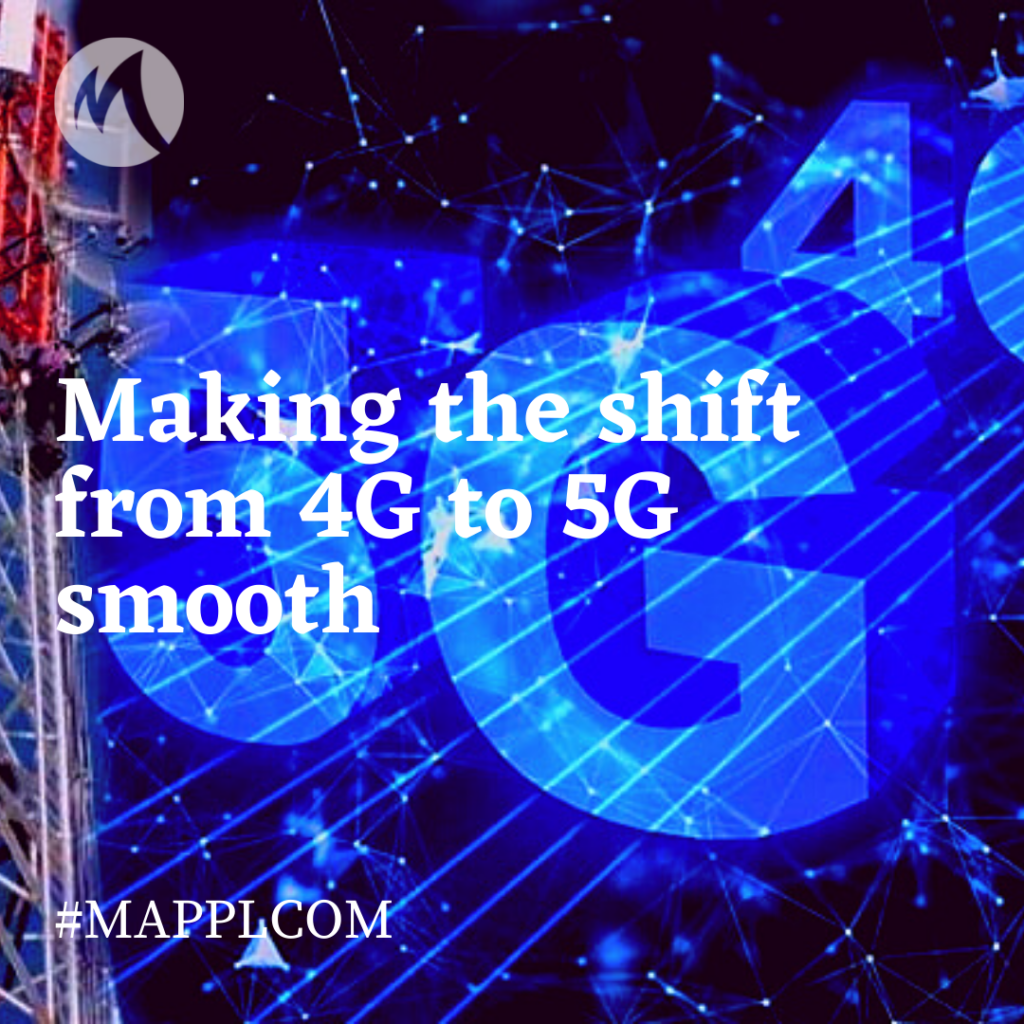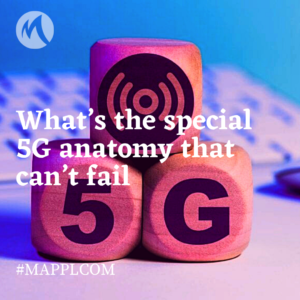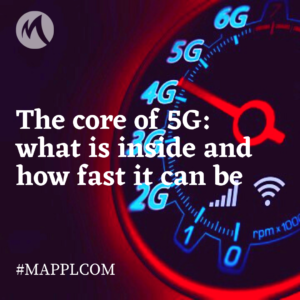Making the shift from 4G to 5G smooth: how to secure the path

We have already discussed high expectations from the newest network generation with bandwidth and capacity never seen before. 5G is now on the stage of design and roll out which is extremely crucial for further success among target audience. Commercial part of the expected success can be justified by major partnerships with companies from various industry sectors, except for classic telcos. The key reason here is that these companies see 5G concept as a booster that would take their businesses to the next level, bringing extra profits. Here comes another crucial aspect, that has never been a matter in the era of 2G, 3G or 4G – security – since 5G now is to deal with extremely important confidential data and leakage consequences would be disastrous. This is why it’s extremely important to design and build the whole set of operations around the security issues as well. Operators still try to support the security levels and invest lots of money but in this case this is more about their desire to gain the trust of their partners.
The main source of the threats is fraudsters, hackers and nation states that are interested in getting access to sensitive and extremely important data stored and transferred via 5G. Taking into account wide range of tools they have been using to reach private data in the times of previous network generations, it’s pretty coherent that they would just re-arrange the toolbox without any serious obstacles. Without any new security solutions, 5G for them is just a new technology that shares the same concepts and targets with the old ones they have already attacked. This is why it’s so important to correlate intelligence between different network protocols.
For complete understanding of the issue it’s crucial to say that the whole network is as vulnerable as its weakest point. And the diversity of used telecom technologies and players in the world is just crazy – which is not a big surprise considering almost 200 states with several operators and many MVNOs each. Besides, there’s a number of IPX providers, value added service providers and roaming hubs. And all the players represent different approaches, and are of different sizes, capacities and use the range of networks from 2G to 5G with different migration speeds. This also justifies existence of legacy protocols which serve in sparsely populated areas, interworking with business partners and interconnecting legacy roaming partners. Effective migration to 5G is defined in many cases by returns on investments, therefore, 5G is now being deployed mainly in densely populated areas or at specific customer sites. Today the nature of 5G networks is pretty fragmentary with many separate islands in various locations, but legacy network act as the further step within the route of 5G deployment.
However, the security issues are still the primary focus by the deployers, and among all the complexities connected with migration, this is the one that would define trust of customers toward the whole network which is the factor that can boost or postpone anticipated financial benefits for main telco players and related businesses.

